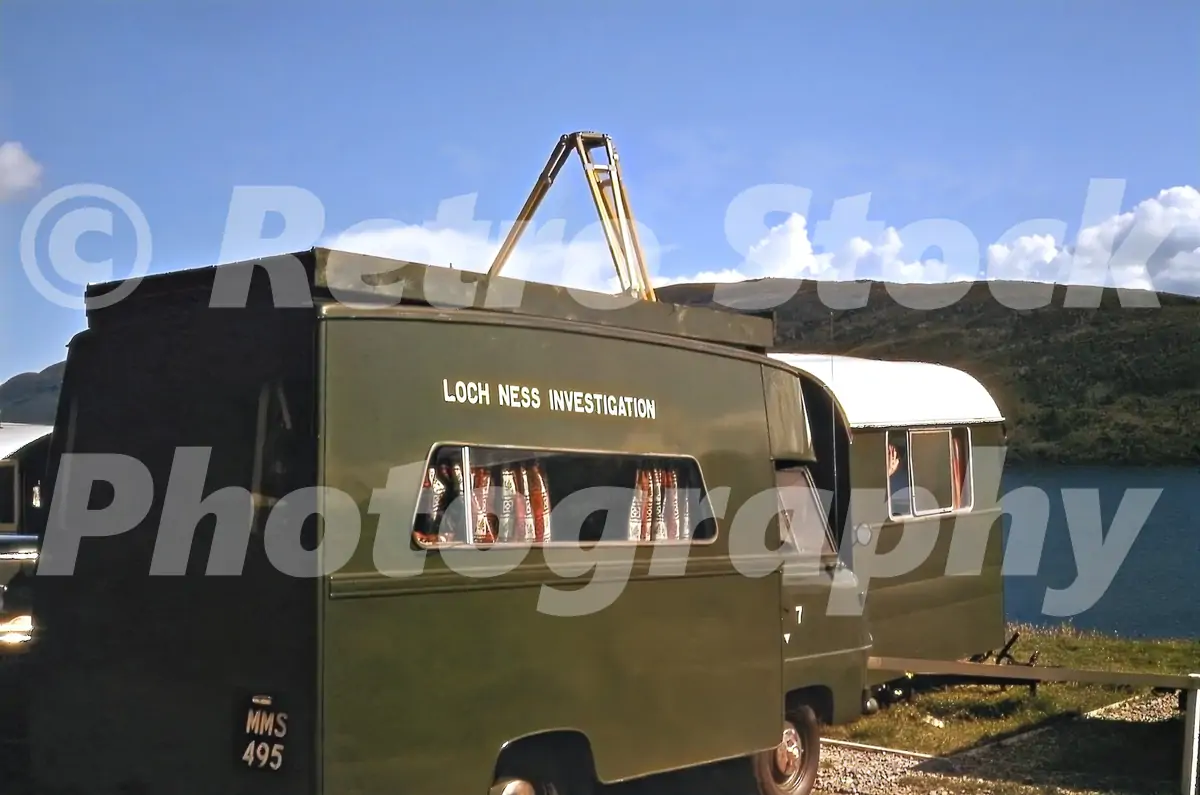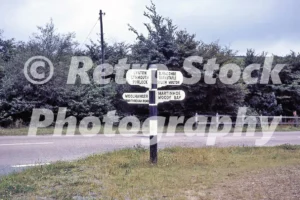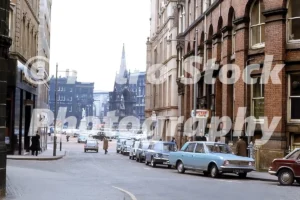Between 1965 and 1972, a unique and determined organisation known as the Loch Ness Investigation Bureau (LNIB) carried out one of the most sustained and high-profile attempts to discover the truth behind one of Scotland’s greatest legends—the Loch Ness Monster. With a mixture of scientific curiosity, adventurous spirit, and public fascination, the LNIB brought together volunteers, researchers, and enthusiasts from around the world. Among its founding figures was the respected naturalist and conservationist Sir Peter Scott, who lent credibility and global interest to the project.
Origins and Founding
The LNIB was formed in 1962 under the original name Loch Ness Phenomena Investigation Bureau, but it became more widely known under its shortened title from 1965. The aim of the bureau was to carry out a long-term scientific study of Loch Ness to determine whether an unknown large creature lived in its deep waters. The organisation quickly gained attention, attracting volunteers, sponsorships, and press coverage.
It was co-founded by David James, a former Member of Parliament and wartime commando, and Sir Peter Scott, a highly respected wildlife artist, broadcaster, and founder of the World Wildlife Fund (WWF). Scott’s involvement gave the project an air of serious scientific intent, rather than mere monster hunting.
Activities at Loch Ness
From 1965 to 1972, the LNIB operated an annual watching season, typically running from spring through autumn. During this time, volunteers would camp or stay in caravans and temporary huts along key vantage points on the loch’s northern shore. Their goal was simple: to observe, photograph, and document any unusual activity on the loch’s surface.
Armed with cameras, telescopes, and binoculars, the LNIB watchers worked in shifts to maintain near-continuous observation of the loch. Some experiments involved sonar, underwater photography, and time-lapse film, although the technology of the time limited how deep or accurate their results could be.
Over the years, the bureau amassed a considerable volume of visual material—still photographs, film footage, and logbooks detailing sightings and surface disturbances. Many of these reports were inconclusive, but several were striking enough to feed the media and public imagination.
Sir Peter Scott’s Role
Peter Scott’s role in the bureau was as both a public figurehead and scientific voice of caution. He maintained a measured position, never definitively claiming the monster existed, but arguing that the persistent and consistent eyewitness reports deserved serious investigation.
In 1975, after the LNIB had ceased active operations, Scott went so far as to propose a scientific name for the creature—Nessiteras rhombopteryx—meaning “the Ness monster with diamond-shaped fin.” This was partly in response to a sonar contact obtained in 1972 that had been interpreted by some as evidence of a large animal. However, the name was later playfully criticised when skeptics noted it was an anagram of “Monster hoax by Sir Peter S.”
Decline and Legacy
By the early 1970s, enthusiasm for the project had begun to wane. Funding was limited, many of the sightings remained ambiguous, and public interest gradually shifted. The LNIB officially disbanded in 1972, although some of its former members continued private investigations in the years that followed.
Despite never proving the existence of a monster, the LNIB played a pivotal role in the Loch Ness legend. It was the first large-scale, systematic, and publicly organised effort to investigate the phenomenon, and it helped promote scientific methods over superstition. The bureau also inspired other researchers and laid the groundwork for later technological studies, such as sonar scans and underwater photography conducted in the 1980s and beyond.
Conclusion
The Loch Ness Investigation Bureau was a remarkable blend of science, spectacle, and sincerity. Operating during a period of postwar optimism and fascination with the unexplained, it brought a sense of adventure and legitimacy to a mystery that had long captivated imaginations. Thanks to the involvement of figures like Sir Peter Scott, the LNIB ensured that the search for Nessie would not simply be dismissed as folklore, but treated—at least for a time—as a question worth answering.







Reviews
There are no reviews yet.